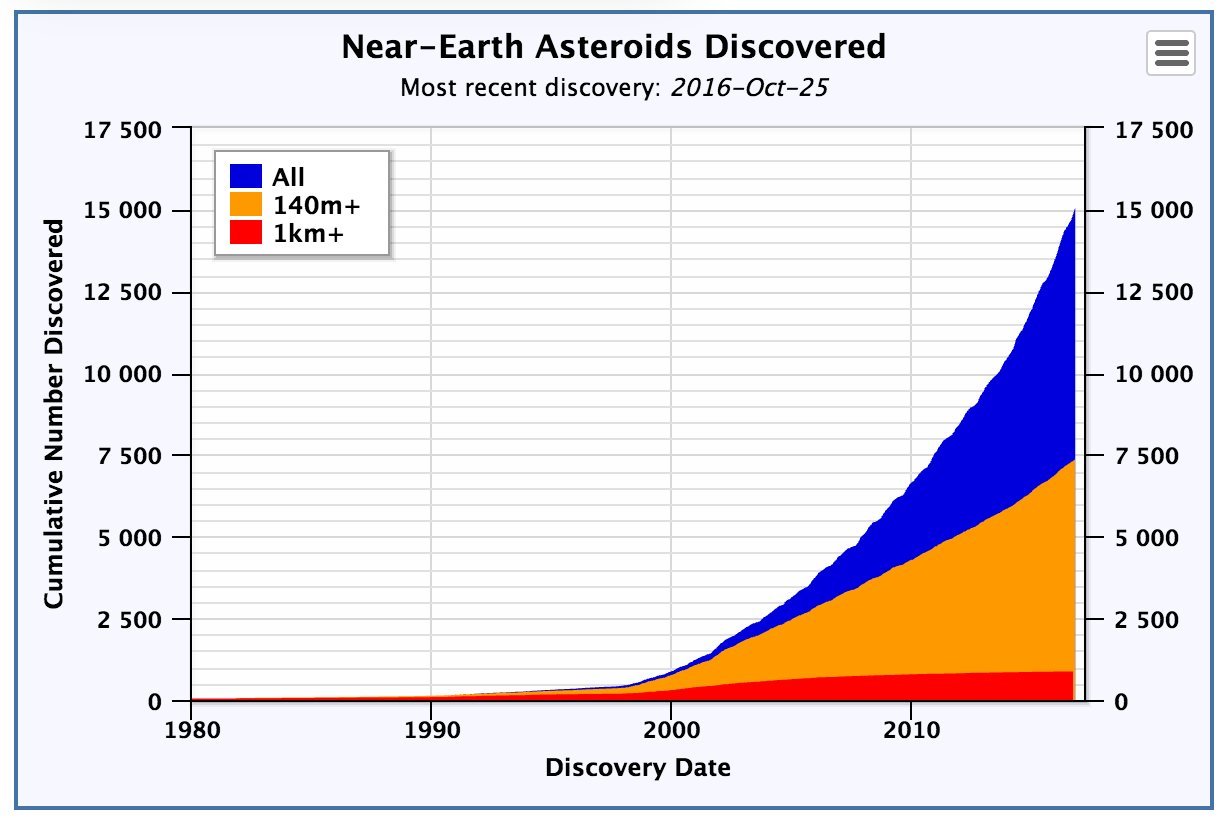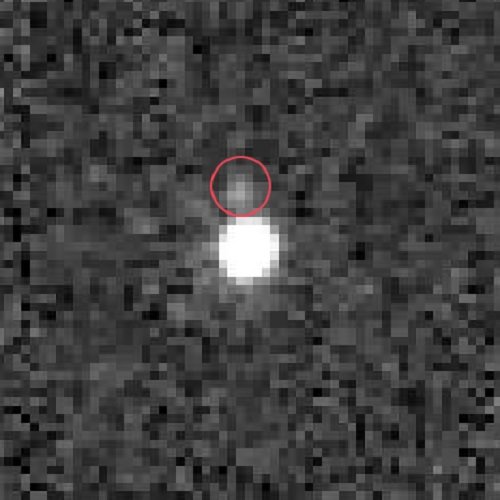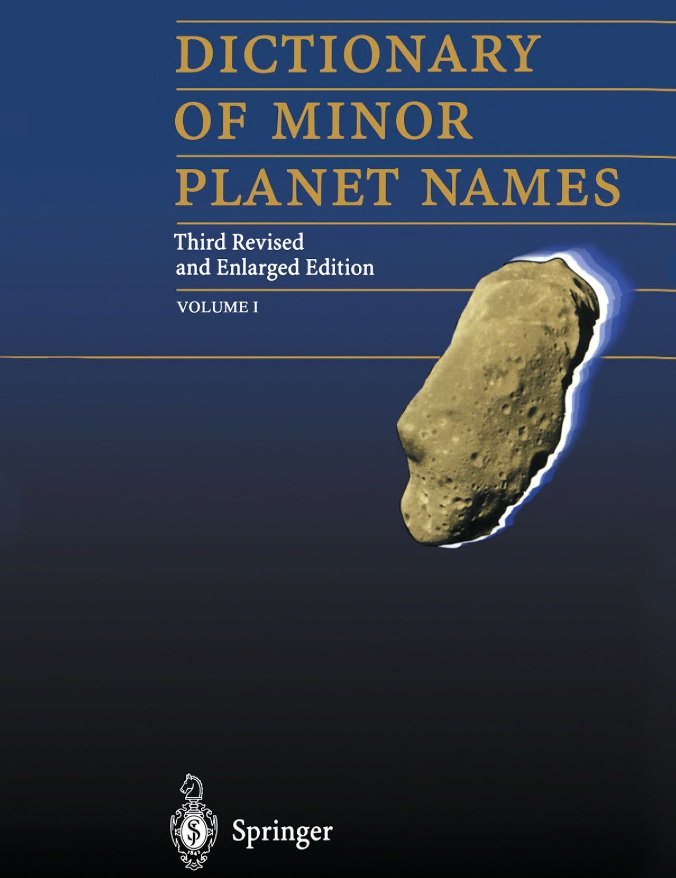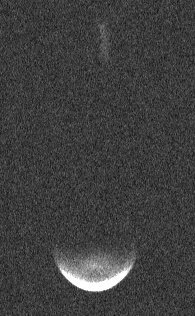
© Remanzacco Blogspot
During the months of October 2016, 3 new comets were discovered. "
Current comet magnitudes" & "
Daily updated asteroid flybys" pages are available at the top of this blog (or just click on the underline text here).
The dates below refer to the date of issuance of CBET (Central Bureau Electronic Telegram) which reported the official news & designations.
Comet DiscoveriesOct 11 Discovery of C/2016 T1 (MATHENY)
Oct 13 Discovery of C/2016 T2 (MATHENY)
Oct 18 Discovery of C/2016 T3 (PANSTARRS)
Other newsOct 14
Klim Ivanovich Churyumov (1937 - 2016), astronomer and co-discoverer (with Svetlana Gerasimenko) of comet #67P passed away on October 14, 2016
Oct 17 The third-largest object known beyond Neptune,
2007 OR10, has a moon.
The discovery was reported in a poster by Gábor Marton, Csaba Kiss, and Thomas Mueller presented at the joint meeting of the European Planetary Science Congress and the Division for Planetary Sciences of the American Astronomical Society (DPS/EPSC) in Pasadena, California. The Hubble Space Telescope took the photo below of 2007 OR10 on September 18, 2010. Later analysis of the images revealed the presence of a moon (red circle).

© NASA/STScI/Wesley Fraser/Gábor Marton et al.
Oct 26
Lutz D. Schmadel (1942 - 2016), author of the
Dictionary of Minor Planet Names,
died on Friday October 21, 2016
© Springer
It was discovered on Oct. 13 by observers at the Mount Lemmon Survey.
Oct 29 #TeamRadar at
Arecibo imaged binary asteroid
2003 YT1 on the morning of Oct 29, 2016. Asteroid 2003 YT1 was discovered by the Catalina Sky Survey in December 2003. This asteroid approached within 0.035 au (13.5 lunar distances) on October 31. Radar observations at Arecibo in May 2004 revealed that this is a binary system with a rapidly-rotating primary and a secondary whose orbital and rotation periods appear to be asynchronous. The primary has a rotation period of 2.34 h and the upper bound on the rotation period of the secondary is about 6 h. In the new obtained image below, the faint smudge at the top is the satellite moving in its orbit over 2 hours.

© @AreciboRadar




Reader Comments
to our Newsletter